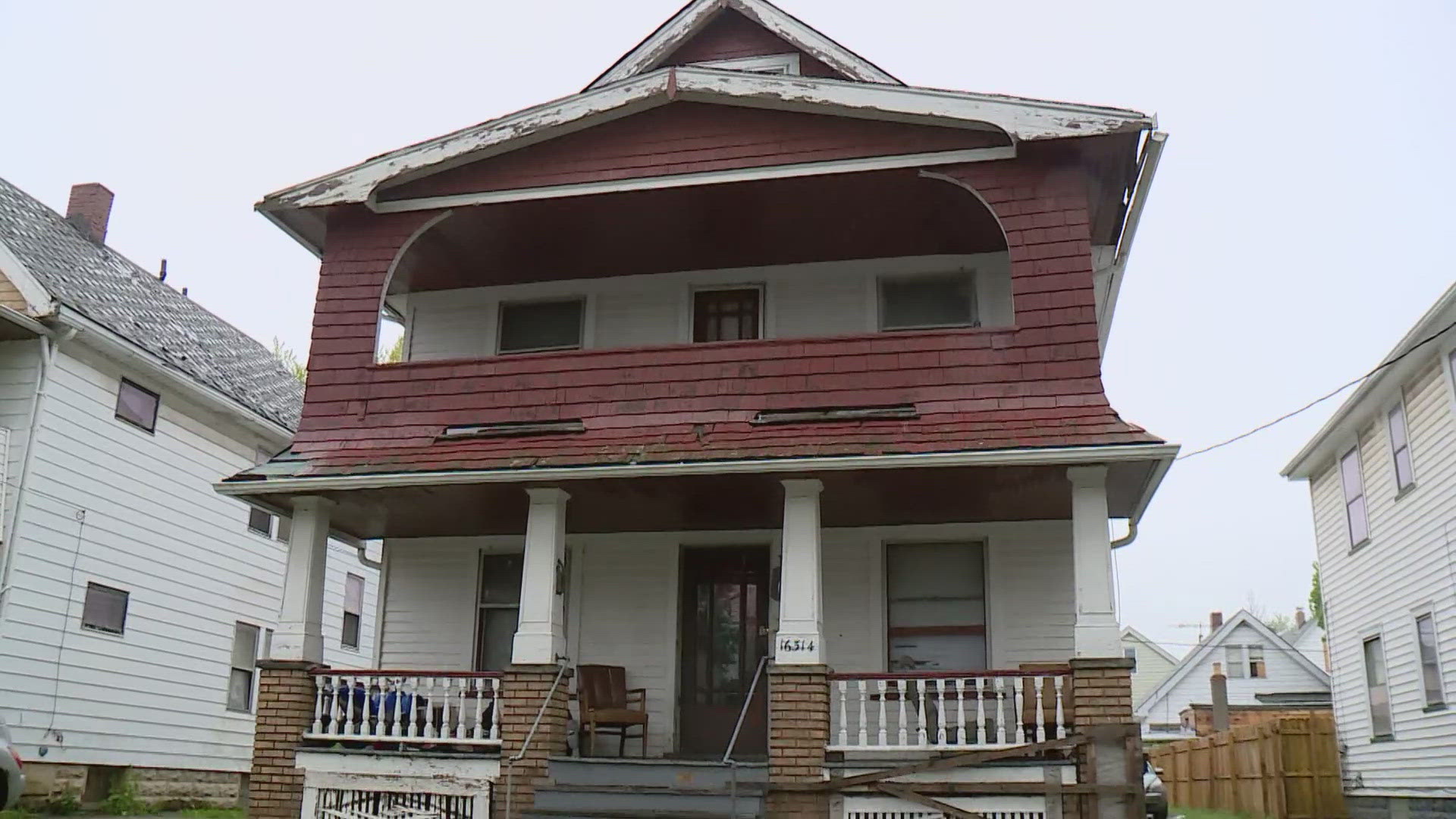CLEVELAND — The numbers are staggering and sobering. Some 1,500 kids in the city of Cleveland are still testing positive for lead poisoning each year.
Cases were decreasing since 2005, but have stagnated for the last five years.
Now the city will focus its lead poisoning prevention resources on risk assessment, abatement and expedited removal of lead hazards in order to protect Cleveland’s children from lead poisoning.
At the mayor’s direction, the Cleveland Department of Public Health is working with City Council and the Lead Safe Coalition to pursue a data driven approach to the long-term challenge of lead poisoning.
This includes revising the existing lead safe ordinance to eliminate uncertainty as to whether lead hazards are present and to provide clear direction on how to address them through risk assessment and public disclosure of those hazards to both the city and the tenant.
"A lead risk assessment in comparison to a clearance exam is just much more thorough. You have to be a certified professional who has been through more courses in some cases, you use an XRF gun to look for all sources of lead. So what we're asking is that property owners go through this more intense process in order to be able to definitively say that their property is lead safe," said Cleveland Department of Public Health Director, Dr. David Margolius.
Information will also be available to the public on Cleveland Open Data. More information on the updated process will be published in the coming weeks.
While working on the most recent data brief, CDPH officials identified 11 instances of units that were issued a Lead-Safe Certificate that was followed — sometimes within a very short period of time — by a Lead Hazard Control Order due to a lead poisoning case.
In addition to collaborating with City Council on potential legislative changes to the Lead Safe ordinance, the Department of Building and Housing, through the code enforcement provisions of Residents First, will target properties in identified hot spots that have obvious lead hazards, such as peeling paint.
The Department of Community Development is expanding abatement efforts where lead poisoning is happening, both in targeted neighborhoods and citywide. The team is also focused on a robust program for the replacement of windows and doors, moving components that create lead dust through regular use and are a common cause of poisonings.
Lead testing is recommended for every child, but even testing numbers have declined in recent years. Dr. Margolius says
"Imagine for parents out there, they find out that their one-year old or two-year-old has lead in their blood. Anything above zero is, is bad and unhealthy. The higher it is, the more trouble potentially they're gonna have in school behavioral problems, being prone to violence and so we're doing our best to prevent it," Dr. Margolius said.

